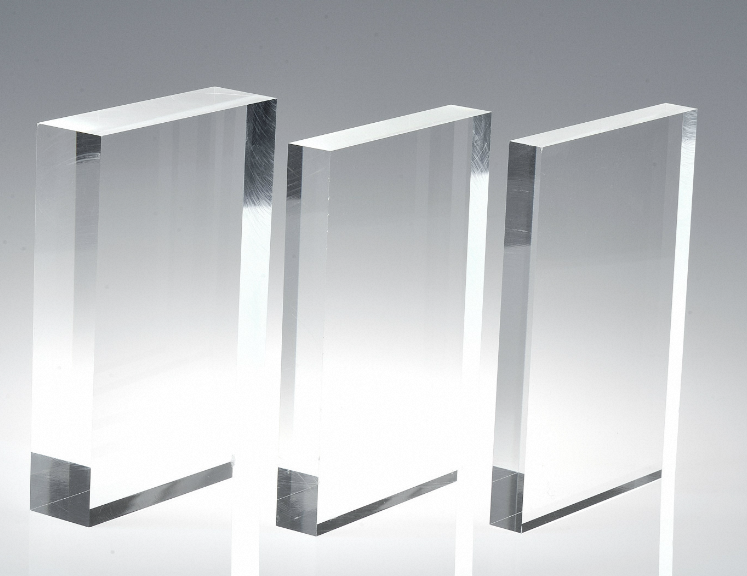Introduction
Acrylic Sheets, are being used in many kind of uses, also the very fine modern look that becomes it popular among furniture and decorative item use. However, like all materials on the market safety always comes first especially when using it in homes or offices. In this article, we will look into the safety of acrylic boards—an exploration of what might happen and what measures you need to take for them to be a sound object that could find its way just as well in personal or office settings.
Acrylic Board Safety
In ambient conditions, acrylic plastic is relatively nontoxic; however, there may be other risks associated with improper handling. Melts from 130 to 140°C: Acrylics have potential for emitting dangerous vapors, dust and fumes when heated (melting point). Accordingly, it is important to acknowledge the indispensable safety measures when using acrylic boards.
PPE (Personal Protection Equipment)
When working with acrylic, it is vital to wear your PPE. While safety goggles keep dust and debris out of your eyes, gloves protect hands against cuts and abrasions, masks help in preventing acrylic particles from being breathed into the system —along with blocking any toxic fumes. Although a face shield offers equal or better protection than glasses, the difference is in amount of coverage on your person which you can see below. Face shields cover more surface area and make for a great accessory when using power tools or any kind of activity that creates excessive dust/debris [source: New York Times].
Ventilation
Acrylic is an irritant and requires good ventilation — This includes when cutting, sanding or heating acrylic. The workspace air flow need to be taken care of in order that fumes are not build up from the welding method, dust needs settling within the qr code scanner and so forth. If you want to keep a healthy environment, work outside or use an air system. This is crucial for not only the person using it, but anyone else around who will be exposed to all that nasty dust in the air.
Handling and Storage
Care Tip: Acrylic boards are brittle. To avoid chipping, cracking or even snapping they must be handled and stored with care. To avoid damage from moving, is essential the correct supports and padding when transporting acrylic. By storing acrylic sheets upright it helps to keep them flat and from warping. Avoid using the edges of your acrylic for any reason, it is strong in compression but extremely weak when held upright and indeed quite fragile temperature wise if exposed to extremes or direct sunlight over prolonged periods,Furthermore they need regular cleaning as well.
Proper Disposal
It is very important that Acrylic waste such as scrap chunks, dust or chips are disposed properly to prevent environment harm. This means ensuring that you dispose of your scraps and off cuts in the correct fashion, which is compliant to local regulation as well recycling where possible can decrease the environmental impact acrylic creates. That becomes even more important than in a home setting, where perhaps you could throw out gallons of acrylic.
Work Area Maintenance
A clean and uncluttered workspace should be a priority for your acrylic plastic safety. Remove debris and tools that are not needed, remove obstructions so people do not trip over them; these come under the general heading of maintaining a clean workspace, which adds to safety by reducing clutter related hazards. Also it facilitates better care of the acrylic boards, handling them properly and without exerting stress unnecessarily.
Temperature Monitoring
Guard against overheating, as acrylic can become malleable or form air bubbles. Checking temperature with thermometer, then applying even heat to avoid hot spot (too much or uneven heat causes weak and blurry acrylic.)
Polishing Precautions
Don't shine polished Acrylic surfaces, you may scratch it or distort the hole piece due to applying excessive pressure. By using soft cloth or polishing pad and making light, circular motions on the acrylic in order to get a smooth finish without deteriorating it. Polishing is crucial to preserving the optical quality and appearance of acrylic, however it must be done carefully.
Static Electricity
Acrylic is often statically charged and attracts dust. A low-humidity environment and the use of anti-static Products or treatments on surfaces as well as tools are also helpful in limiting static electricity. Keeping things grounded, or using an ionizer to discharge any static electricity helps outputs from the work pieces and cleanliness is maintained during precision jobs such that dust can negatively effect your final results.
Conclusion
Acrylic boards are a beneficial material in various uses at homes and offices. Although having potential safety hazards, its bemired can be completely prevented by following effective standards and cautions. With proper PPE, ventilation, safe handling practices and storage of acrylic materials in a clean workspace you can enjoy using the benefits they offer while reducing your exposure to potential health problems down the road. Safety first, always better safe than sorry when handling any special care materials there are personal repercussions. Below are some examples of acrylic boards being safe and stylish if executed correctly in a space.

